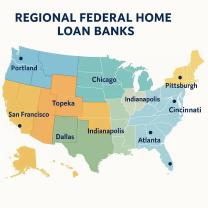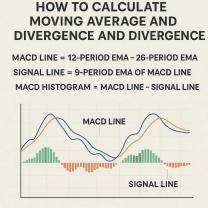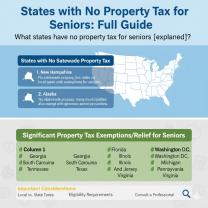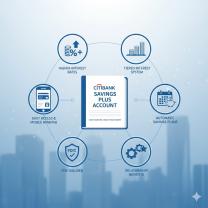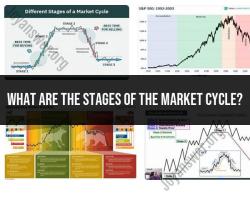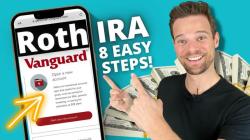What are the best investments for your retirement?
Securing your retirement involves a combination of investment strategies that align with your financial goals, risk tolerance, and time horizon. The best investments for retirement typically include a mix of assets to provide diversification and balance risk. Here are some commonly recommended investments for securing your retirement:
Stocks (Equities): Despite their higher volatility, stocks historically have provided the highest long-term returns. Diversify your stock investments across various sectors and market capitalizations to reduce risk.
Bonds (Fixed Income): Bonds are considered more conservative than stocks and can provide stability to a retirement portfolio. Government bonds, municipal bonds, and corporate bonds are common options. Consider the duration and credit quality of bonds to match your risk tolerance.
Mutual Funds: Mutual funds pool money from multiple investors to invest in a diversified portfolio managed by professionals. Choose funds that align with your investment objectives, such as equity funds, bond funds, or balanced funds.
Exchange-Traded Funds (ETFs): ETFs are similar to mutual funds but trade on stock exchanges. They offer diversification, liquidity, and often have lower expense ratios compared to mutual funds.
Real Estate Investment Trusts (REITs): REITs invest in income-generating real estate properties. Adding REITs to your portfolio can provide exposure to the real estate market without the need for direct property ownership.
Target-Date Funds: These funds automatically adjust their asset allocation based on your target retirement date. They start with a more aggressive mix of assets when you have a longer time horizon and gradually shift to a more conservative allocation as you approach retirement.
Dividend-Paying Stocks: Companies that regularly pay dividends can provide a source of income during retirement. Look for stable companies with a history of consistent dividend payments.
Index Funds: Index funds track specific market indices, providing broad market exposure. They often have lower fees compared to actively managed funds and are a popular choice for passive investors.
Health Savings Account (HSA): If eligible, contributing to an HSA can be a tax-efficient way to save for healthcare expenses in retirement. HSAs offer triple tax benefits: tax-deductible contributions, tax-free growth, and tax-free withdrawals for qualified medical expenses.
Individual Retirement Accounts (IRAs) and 401(k)s: Take advantage of tax-advantaged retirement accounts. Traditional IRAs and 401(k)s offer tax-deferred growth, while Roth IRAs provide tax-free withdrawals in retirement.
Annuities: Annuities are insurance products that can provide a guaranteed stream of income in retirement. They come in various forms, including immediate annuities and deferred annuities.
Cash and Cash Equivalents: Maintaining a portion of your portfolio in cash, money market funds, or short-term CDs provides liquidity and a safety net for immediate expenses.
It's essential to regularly review and rebalance your portfolio based on changing market conditions, your financial goals, and your risk tolerance. Consulting with a financial advisor can help you create a personalized retirement strategy tailored to your specific needs and circumstances.
Highlighting the best investment options for retirement planning
Spotlight on Top Investments for Your Golden Years:
Retirement planning demands strategic choices, and your investments play a crucial role in securing a comfortable future. With a plethora of options, sifting through the noise can be overwhelming. So, let's shine a light on some of the best investment picks for different stages of your journey:
Early Birds (20s-30s):
- Soar with Low-Cost Index Funds: Think S&P 500 or total stock market funds. These passively track the market, offering broad diversification and minimizing fees. Time is your ally, so embrace higher risk for potentially exponential growth.
- Target-Date Funds: Set your sights on a distant horizon. These funds automatically adjust your asset allocation as you age, gradually shifting towards stability as retirement approaches. Sit back and let automation guide the way.
Mid-Flight Riders (40s-50s):
- Spread Your Wings with Balanced Funds: Seek a harmony of growth and income. Balanced funds blend stocks and bonds, providing steady returns while keeping volatility in check. Strike a balance without sacrificing potential.
- Dividend-Paying Stocks: Let your investments pay you regularly. Choose established companies with strong track records of distributing a portion of their profits. Enjoy dual benefits: regular income and potential capital appreciation.
Landing Soon (50s-60s):
- Secure Your Nest Egg with Bonds: Prioritize stability over risk. Invest in corporate or government bonds for predictable, fixed income streams. Ensure a safety net and cushion against market fluctuations.
- REITs for Reliable Rental Income: Tap into the booming real estate market without the hassle of direct ownership. REITs invest in income-producing properties, offering steady dividends and potential for long-term growth.
Remember:
- Diversification is your best friend: Don't put all your eggs in one basket. Spread your investments across asset classes and sectors to mitigate risk and maximize returns.
- Know your risk tolerance: Don't chase high returns if you can't stomach the volatility. Align your investments with your comfort level and adjust as needed.
- Seek professional guidance: Consulting a financial advisor can help you create a personalized plan tailored to your unique circumstances and retirement goals.
Start investing today and watch your nest egg soar toward a bright and secure future. Remember, the earlier you begin, the better equipped you'll be to weather any financial storms and enjoy a worry-free retirement.


